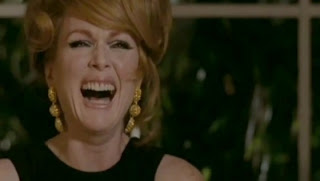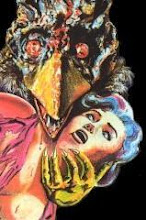Don't get me wrong, I'd love to understand Twitter. It's something that a large number of people find compelling and enjoyable and I would love to share in their joy. But I've tried and I ultimately just can't get into it. Not only do I find the website dull, but there are a lot of elements to its design/popular use that I find actively irritating.
Firstly, and most obviously, I hate the 140-character limit. Yes you can consume thoughts more quickly when they are packaged in tweet form, but more often than not I find that such writing sacrifices depth for brevity. Much of the pleasure of reading for me comes from getting comfortable with the author's voice and becoming absorbed in their words and ideas. I find this type of enjoyment missing from the world of tweets. Before I can get really absorbed into the author's argument, they've already switched to a new topic. While some might argue that such writing allows for a larger scope of topics to be covered, I rarely see Twitter users take advantage of the medium in this way.
Also I despise people who use Twitter to broadcast their "witty" thoughts and observations about the people and events occurring around them. Even worse are the users who attempt to compose snarky commentary about the people around them. I have seen way too many people post inane tweets about "fashion don'ts" and the like that they observe in the world around them. The passive aggressive sarcasm contained within these posts pisses me off. It's so pathetic to write judgmental comments about someone from behind your computer screen instead of saying something to that person's face. In this way I hate how Twitter acts as an enabler for the mindless negativity of society's cowards. On a less severe note I'm also bored with all the fake Twitter accounts that chronicle the lives of fictional characters. They were amusing a year or so ago, but the joke's been done before and now they're simply tedious.
A rather small component of Twitter that absolutely drives me nuts are the short biographies that users write about themselves on their Twitter page. I hate them because more often than not they are hellishly pretentious. You know the type of thing I'm talking about, "student. artist. writer." (I made that bio up, but the format and content is very closely based off many real user biographies I have seen on Twitter). If I have to describe to you why such self-indulgent self description is loathsome then you'll never get it.
Lest I be too negative (oops, too late) I would like to close my post with a mention of the one thing I love about Twitter, the infamous Fail Whale. I love it because it's ridiculously cute. I love the serene expression on its face as the multitude of birds strain to lift its massive whale body. It's a fantastic image.
































